Often misidentified as a fez, the “songkok” is a different type of headdress that has been worn by both soldiers and civilians alike in South Asia. Today it is a type of headdress widely worn in Indonesia, Brunei, Malaysia, Singapore, Thailand and even in parts of the Philippines.
The songkok is likely based on the fez, where it spread to South Asia by Ottoman sailors. A type of songkok was also worn in parts of the Ottoman Empire and even parts of Africa. So while there is a connection between the fez and songkok and these headdresses are similar in that there is no brim and the shape and height of the hats are quite different.
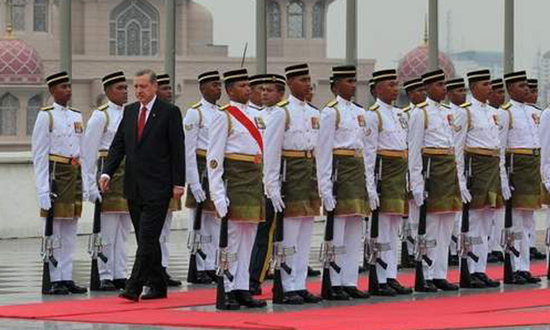
Turkish Prime Minister Recep Tayyip Erdogan inspects the Royal Malay Regiment Guard of Honour in January 2014. The songkok may have also come from Turkey via Ottoman sailors who arrived in the region in the 19th century
The actual word “songkok” reportedly was first noted in the 19th century poem “Syair Siti Zubaidah,” but how the hat came to be known by this is not known. However, the headdress is known as “songkok” in the Ethnic Malay culture, and is known as a “peci” in Indonesia. This is likely derived from the Dutch word “petje,” which means small hat. In Java the hat is called a “kopiah” or “kopeah.”
An account in The Brunei Times actually suggested that the songkok arrived in Maritime Southeast Asia in the 13th century with the spread of Islam, but this would seem unlikely – especially if it was linked to the fez, which only was adopted by the Ottomans in 1830.
The hat is often worn by Muslim males, notably in formal occasions, but the hat is also the national headdress with secular nationalist connotations in Indonesia. The songkok was worn by early 20th century Indonesian nationalists such as Sukarno, Muhammad Hatta and Agus Salim. As first president of Indonesia Sukarno popularized the songkok/peci and it became the national men’s cap of the nation.
It is worn by Indonesian palace guards as part of their uniform, and the headdress is also worn today by military personnel in the Malaysia.
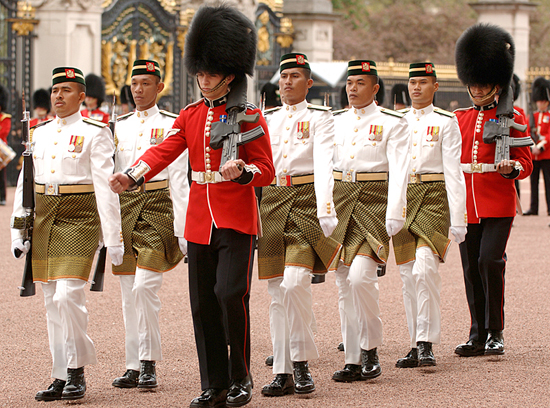
Members of the The Royal Malay Regiment marching with the Welsh Guards in London for the Changing of the Guard in the summer of 2008. Malaysia was the fourth Commonwealth nation after Canada, Australia and Jamaica to be given the honor to perform the Public Duties, which has a ceremonial and historic significance.
During the British Colonial rule of Malaysia and Singapore the Songkok was used by the Malay Regiment and the Singapore Guard Regiment. The former typically wore green, black and purple songkoks, while the latter often wore red songkoks. The wearing of the red songkok is a reminder of the regiment’s original connection with the Royal Military Police. In total the songkok was used by 12 British and LEP Corps.
Peter Suciu
December 2014

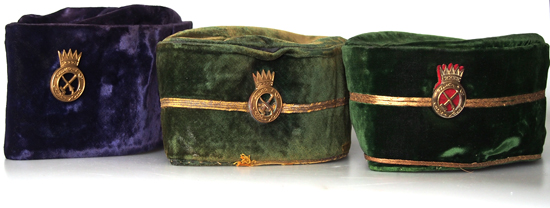
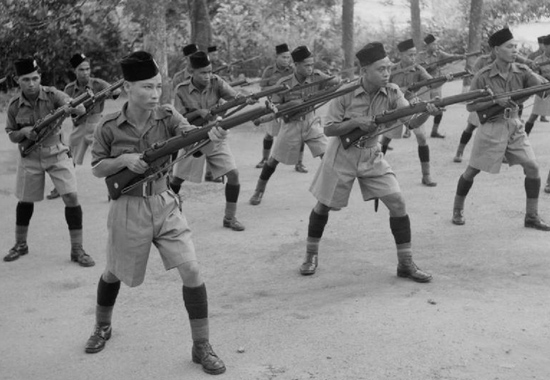
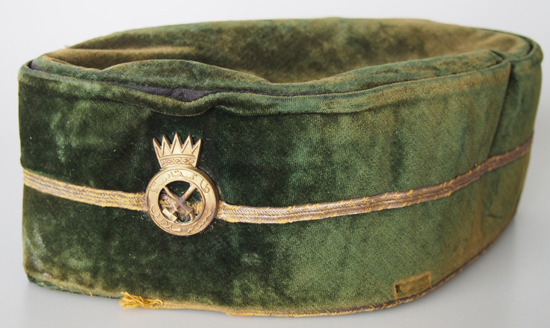
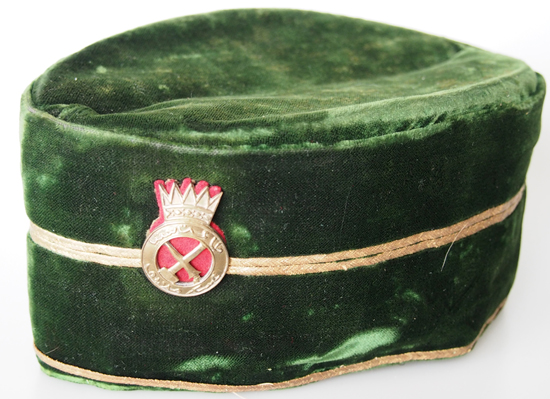
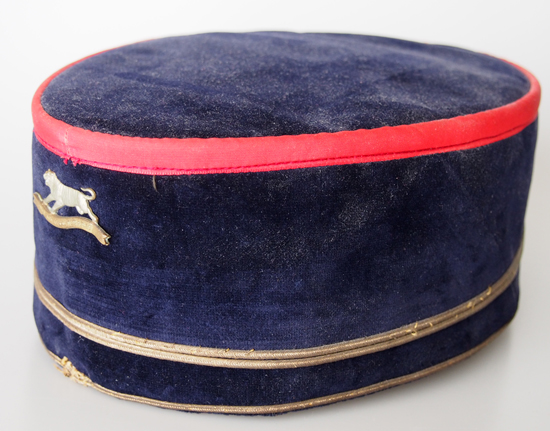
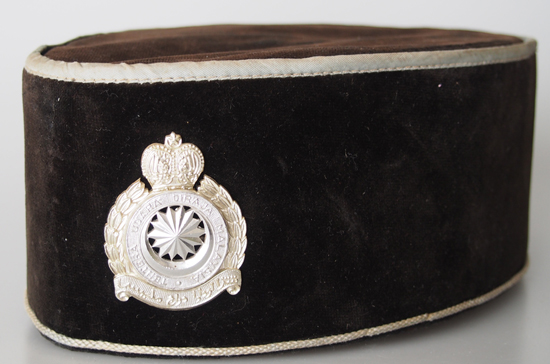
Songkok hitam adalah salah satu bagian busana yang dijadikan simbol oleh sukatno
Very interesting article.
Would the songkok of the Sarawak constabulary be a dark blue colour ?